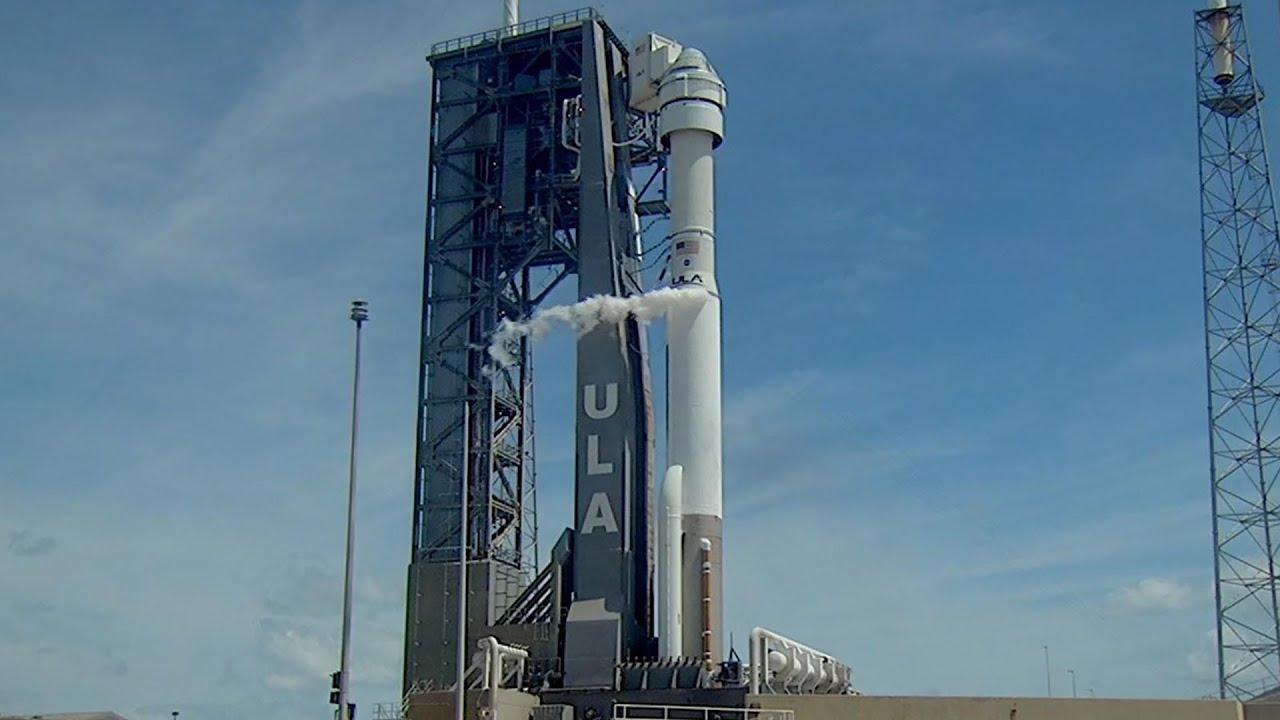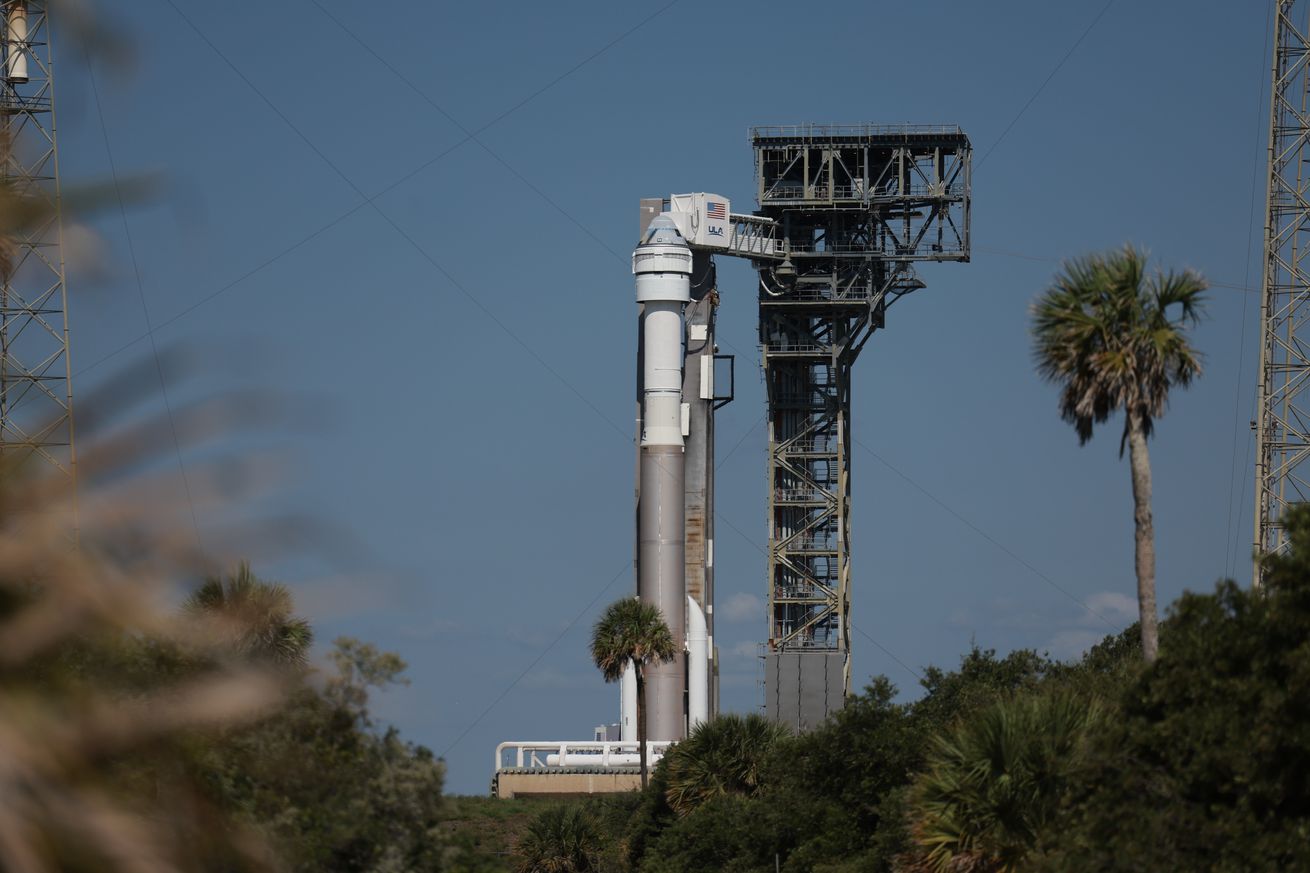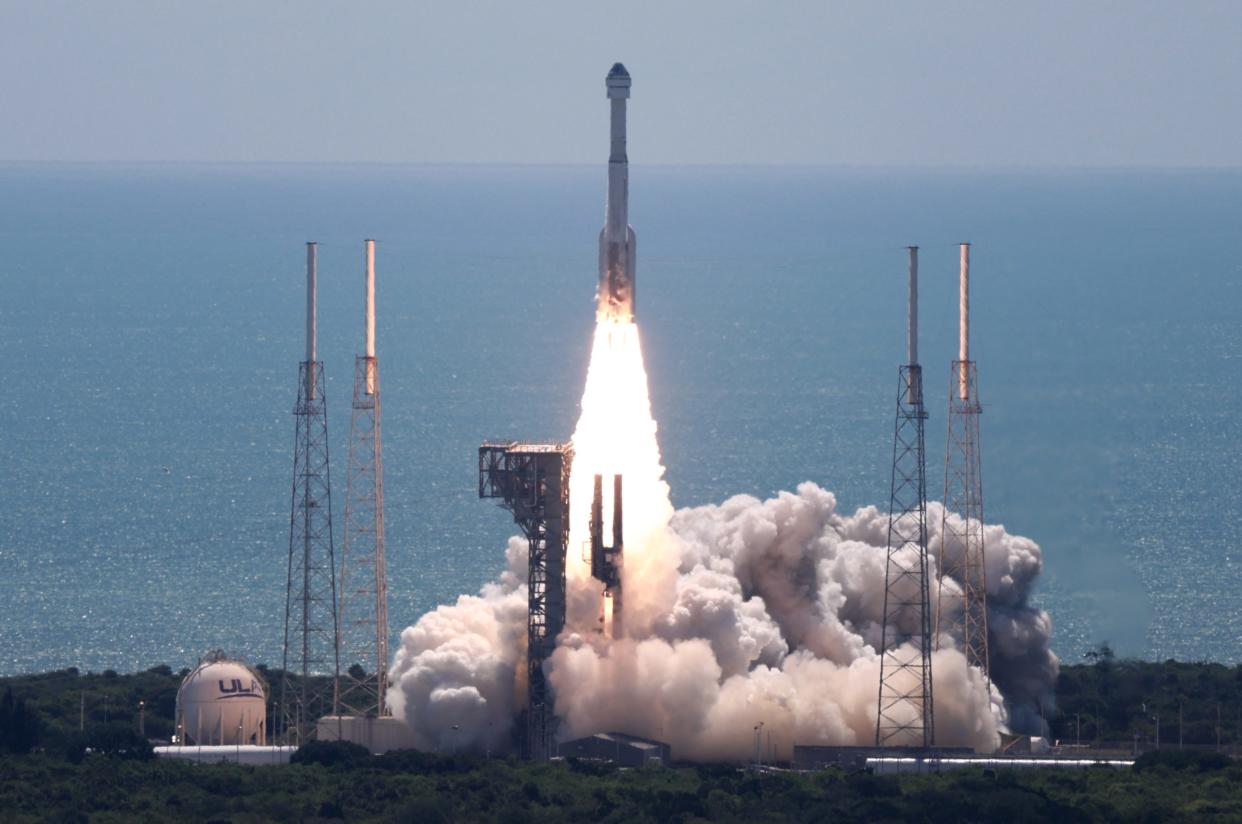Launch Preparations: Starliner Launch

The Starliner launch is a highly anticipated event in the space exploration community. The launch is scheduled to take place on [date] from [location]. The launch window opens at [time] and closes at [time]. The spacecraft is expected to lift off on a [rocket name] rocket.
The Starliner spacecraft is a reusable spacecraft designed to carry crew and cargo to and from low Earth orbit. The spacecraft is designed to be safe and reliable, and it has been extensively tested in preparation for its first launch.
The crew of the Starliner spacecraft will consist of three astronauts: [astronaut names]. The astronauts will be responsible for operating the spacecraft and conducting experiments during the mission. The ground control team will be responsible for monitoring the spacecraft and providing support to the astronauts.
Spacecraft Design and Capabilities, Starliner launch
The Starliner spacecraft is a cone-shaped spacecraft with a diameter of [diameter] and a height of [height]. The spacecraft is made of [materials] and is designed to withstand the harsh conditions of space.
The spacecraft is equipped with a variety of systems that allow it to function in space. These systems include:
– A propulsion system that uses [propellant] to maneuver the spacecraft.
– A power system that uses [power source] to generate electricity for the spacecraft.
– A thermal control system that regulates the temperature of the spacecraft.
– A communications system that allows the spacecraft to communicate with ground control.
– A life support system that provides the astronauts with oxygen, water, and food.
The Starliner spacecraft is also equipped with a variety of sensors that allow it to collect data about its surroundings. These sensors include:
– A camera that can take pictures of the Earth and other objects in space.
– A spectrometer that can analyze the composition of the atmosphere and other objects in space.
– A magnetometer that can measure the magnetic field of the Earth and other objects in space.
The Starliner spacecraft is a versatile spacecraft that can be used for a variety of missions. The spacecraft can be used to transport crew and cargo to and from low Earth orbit, and it can also be used to conduct experiments in space.
Role of the Crew and Ground Control
The crew of the Starliner spacecraft will be responsible for operating the spacecraft and conducting experiments during the mission. The crew will be trained to handle a variety of situations that may arise during the mission, and they will be equipped with the necessary tools and equipment to complete their tasks.
The ground control team will be responsible for monitoring the spacecraft and providing support to the astronauts. The ground control team will be located at [location] and will be in constant communication with the spacecraft. The ground control team will be able to track the spacecraft’s progress, monitor its systems, and provide the astronauts with assistance if needed.
The crew and ground control team will work together to ensure the success of the Starliner mission. The crew will be responsible for operating the spacecraft and conducting experiments, while the ground control team will be responsible for monitoring the spacecraft and providing support to the astronauts.
Mission Objectives

Starliner launch – The Starliner mission, a pioneering endeavor, is designed to achieve significant objectives that will advance our understanding of space exploration and contribute to scientific research.
The primary goal of the mission is to demonstrate the spacecraft’s capabilities, validate its systems, and pave the way for future crewed flights to the International Space Station (ISS). The mission will also conduct a series of scientific experiments and research to enhance our knowledge of space.
Scientific Experiments and Research
The Starliner mission will carry a suite of scientific experiments and research investigations that will delve into various aspects of space science.
- Biology and Biotechnology: Experiments will explore the effects of microgravity on living organisms, such as plants, insects, and microorganisms. These studies aim to gain insights into the adaptation and survival of life in space.
- Materials Science: Investigations will focus on the behavior of materials in space, including their durability, performance, and susceptibility to radiation. This research will contribute to the development of advanced materials for future space missions.
- Earth Observation: The mission will utilize sensors and cameras to collect data on Earth’s environment, including weather patterns, vegetation, and landforms. This information will aid in monitoring and understanding global changes.
- Space Exploration Technology: Experiments will test and evaluate new technologies for space exploration, such as autonomous navigation, docking systems, and life support systems. These advancements will enhance the capabilities of future space missions.
The scientific experiments and research conducted during the Starliner mission will provide valuable data and insights that will contribute to our understanding of space exploration, advance scientific knowledge, and pave the way for future human endeavors beyond Earth.
Impact on Space Exploration
The Starliner launch marks a significant milestone in the history of space exploration, with the potential to revolutionize our understanding of the universe and inspire future generations of scientists and engineers.
The mission will pave the way for advancements in space exploration technology, including the development of reusable spacecraft, autonomous navigation systems, and life support systems that will enable humans to travel further into space for longer periods.
Technological Advancements
- Reusable spacecraft: The Starliner is designed to be reusable, reducing the cost of space travel and enabling more frequent missions.
- Autonomous navigation systems: The Starliner is equipped with autonomous navigation systems that allow it to travel to and from the International Space Station without human intervention.
- Life support systems: The Starliner is equipped with advanced life support systems that will allow astronauts to live and work in space for extended periods.
Inspiration for Future Generations
The Starliner launch will inspire future generations of scientists and engineers to pursue careers in space exploration. The mission will demonstrate the power of human ingenuity and the limitless possibilities of space exploration.
Starliner’s launch marks a significant milestone in space exploration, paving the way for future missions to the International Space Station. The highly anticipated event sparked a flurry of discussions online, including on platforms like Rotten Tomatoes: The Acolyte , where fans debated the implications for future space exploration and shared their excitement for the upcoming mission.
The Starliner launch was a success, marking a new era in space exploration. As the spacecraft ascended, it encountered a swarm of flying spiders , a rare and fascinating phenomenon. These creatures, carried by the winds, are capable of gliding for long distances.
Their presence added an unexpected element to the launch, a reminder of the wonders that lie beyond our reach in the vastness of space.
The Starliner launch, a testament to human ingenuity and perseverance, has reignited interest in space exploration. As we eagerly anticipate the spacecraft’s journey to the International Space Station, it’s worth delving into the legacy of Master Torbin , a visionary who believed in the boundless possibilities of space travel.
His teachings continue to inspire generations of scientists and engineers, reminding us that the pursuit of knowledge and exploration is an essential part of our human experience. And as the Starliner embarks on its mission, we can’t help but be filled with a sense of wonder and anticipation for the discoveries that lie ahead.
The Starliner launch, scheduled for this summer, promises to mark a significant milestone in space exploration. However, it is crucial to remember that behind every technological advancement lies a web of human stories. As we eagerly anticipate the Starliner’s ascent, we cannot help but draw parallels to the enigmatic tale of “The Acolyte Rotten” explored in the gripping article by Charlotte Kirsova Av.
Both the Starliner launch and this tale underscore the intricate interplay between scientific progress and the human spirit that drives it forward.
The Starliner launch, initially scheduled for July 30, has been postponed due to a technical issue. While we eagerly anticipate its rescheduled launch, let’s delve into the world of “acolyte rotten tomatoes,” a fascinating film that explores the complexities of religious extremism.
As we return to the Starliner launch, we remain hopeful that its mission will contribute to our understanding of space exploration and inspire future generations of scientists and astronauts.
